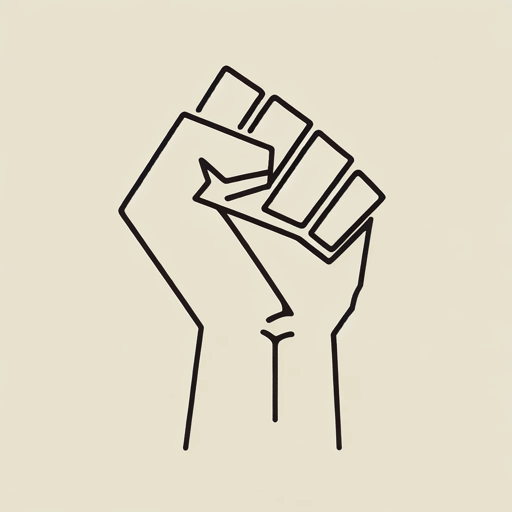42 pages • 1 hour read
Tommie Smith, Derrick Barnes, Dawud AnyabwileVictory. Stand!: Raising My Fist for Justice
Nonfiction | Graphic Memoir | YA | Published in 2022A modern alternative to SparkNotes and CliffsNotes, SuperSummary offers high-quality Study Guides with detailed chapter summaries and analysis of major themes, characters, and more.
Background
Historical Context: Black Activism in the 20th Century
Content Warning: This section of the guide includes incidents of racial discrimination and violence.
In 1865, the ratification of the 13th Amendment marked the legal abolishment of slavery in the United States. Regardless, racist and white supremacist groups have continued working to refuse African Americans equal rights in the United States. In the mid-20th century, activists both Black and white worked for equality, often at the risk of their own lives. Many engaged in nonviolent protests, such as the March on Washington in 1963 and the march from Montgomery to Selma, Alabama, in 1965. Some—like Medgar Evers, Michael Schwerner, Andrew Goodman, and James Chaney—were murdered by individuals and groups like the KKK for their efforts in this movement.
Tommie Smith’s graphic memoir Victory. Stand!: Raising My Fist for Justice tells the story of his life and speaks to his experience as a Black athlete and activist. As Tommie moved through college and in the lead-up to the 1968 Olympics, he became involved in groups like the Olympic Project for Human Rights. This group in particular was led by Dr. Harry Edwards, a sociologist who taught at San Jose State College (now San Jose State University), and it was aimed at protesting segregation in the United States as well as pointing out the hypocrisy of the United States praising Black athletes for their ability while also treating African Americans unfairly across the country.
Featured Collections
African American Literature
View Collection
Books on U.S. History
View Collection
Coming-of-Age Journeys
View Collection
Contemporary Books on Social Justice
View Collection
Coretta Scott King Award
View Collection
Family
View Collection
National Book Awards Winners & Finalists
View Collection
The Best of "Best Book" Lists
View Collection

